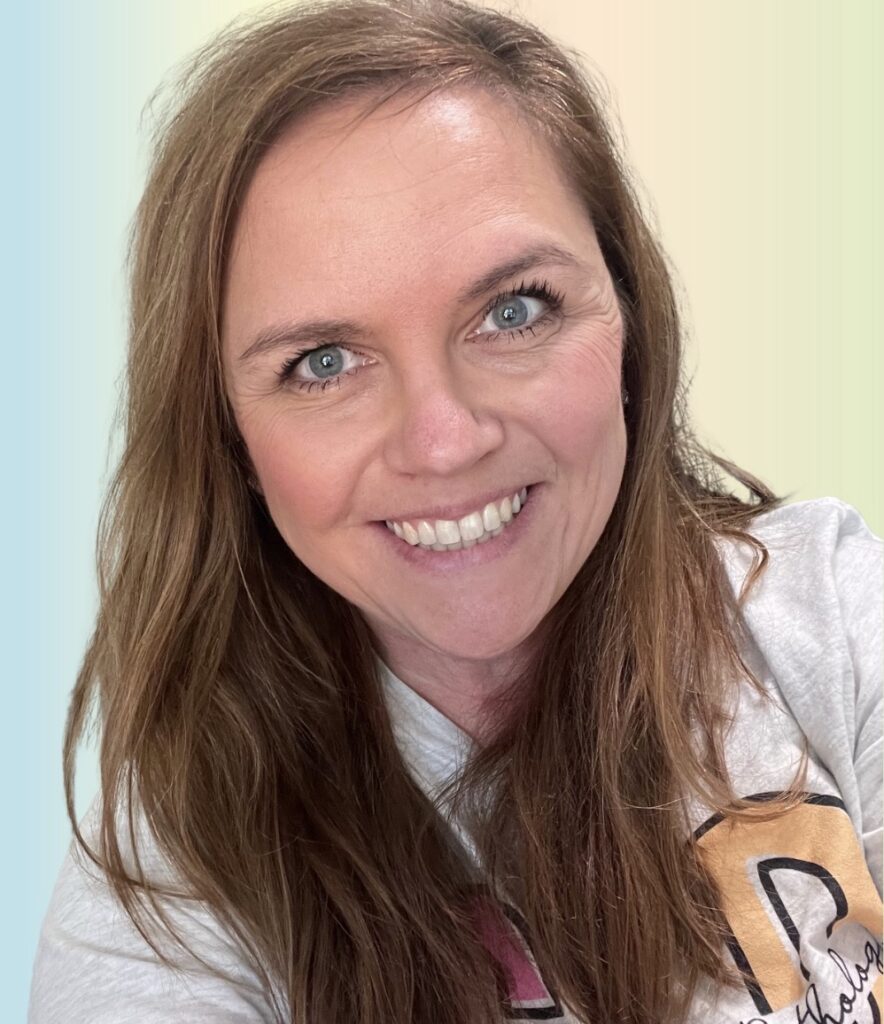Let’s talk about language speech disorder vs delay and language differences. This post only summarizes the podcast episode, so listen to it!
Language Speech Disorders
Speech is how we say sounds and words.
Language is the words we use to share ideas and get what we want.
Children and adults can have speech disorders, language disorders, or a combination of speech and language disorders.
Before we talk about language disorders, I want to address speech disorders quickly. As development progresses, children will naturally say some sounds in words incorrectly. Some sounds develop early in infancy, while other sounds take longer to acquire. Most children should use almost all speech sounds correctly by 4 years old. Children who don’t say sounds correctly or use appropriate word structures by the expected ages may have a speech or phonological sound disorder.
Language Delays, Disorders, and Differences
What is a language delay?
A language delay is just that — a delay in acquiring language skills.
Characteristics of language delays include a slower onset of language skills, progressing through language skills at a slower rate, or acquiring skills differently than other children. Children can have delays in expressive and receptive language.
Receptive language is the ability to understand or comprehend language.
What is a receptive language delay? Children with receptive language delays have difficulty with:
- Understanding and learning vocabulary
- Answering questions
- Problem-solving
- Following directions.
Expressive language is expressing wants and needs through verbal and nonverbal communication.
What is expressive language delay? Expressive language delays occur when children experience difficulties with:
- Using less than 50 words at 2 years, including limited or no vocalizations
- Use of minimal (if any) word combinations.
- Children with expressive language delays may not use many gestures to communicate
- May exhibit seemingly problematic behaviors as a form of communication. (side note: these behaviors, more often than not, are a result of the frustration coming from an inability to communicate effectively)
Expressive Language Delays & Late Talkers
Expressive language delays fall under late language emergence (LLE).
According to the American Speech and Hearing Association (ASHA), Late Language Emergence is a delay in language onset with no other diagnosed disabilities or developmental delays in other cognitive or motor domains.
LLE is diagnosed when language development trajectories are below age expectations. Toddlers who exhibit LLE may also be called “late talkers” or “late language learners.” Children with LLE may have expressive language delays only or mixed expressive and receptive delays. Children with LLE who do not catch up to their peers may also be at risk for developing later literacy difficulties or language disorders.
Language Disorders
ASHA defines a language disorder as a significant impairment in the acquisition and use of language across modalities because of deficits in comprehension and/or production across any of the five language domains: phonology, morphology, syntax, semantics, and pragmatics. Language disorders range in severity and don’t always present the same for every child.
Characteristics of Receptive Language Disorder include difficulties with:
- Understanding what people mean when they use gestures, like shrugging or nodding;
- Following directions
- Answering questions
- Pointing to objects and pictures
- Knowing how to take turns when talking with others.
Characteristics of Expressive Language Disorder include difficulties with:
- Asking questions
- Naming objects
- Using gestures
- Putting words together into sentences
- Learning songs and rhymes
Language Differences
A difference in language or communication occurs when development and behaviors meet the norms of speech and language development but do not meet the norms of Standard English. Language differences occur in children from different countries, cultures, and regions. Although differences are present, all dialects are valid and legitimate.
This is why evaluating a child in their native language is essential. The child may be acquiring language typically in their native language but having difficulties with translation. That’s much different than difficulty acquiring skills in their native language.
Language differences are not delays or disorders; they’re differences.
Always remember, friend, that the main goal when it comes to language speech disorders is to encourage language development and build functional communication skills. We want the children on our caseload to be able to understand and communicate with the world around them, whatever that looks like.
Use this link to get 20% off Communicate & Connect!



